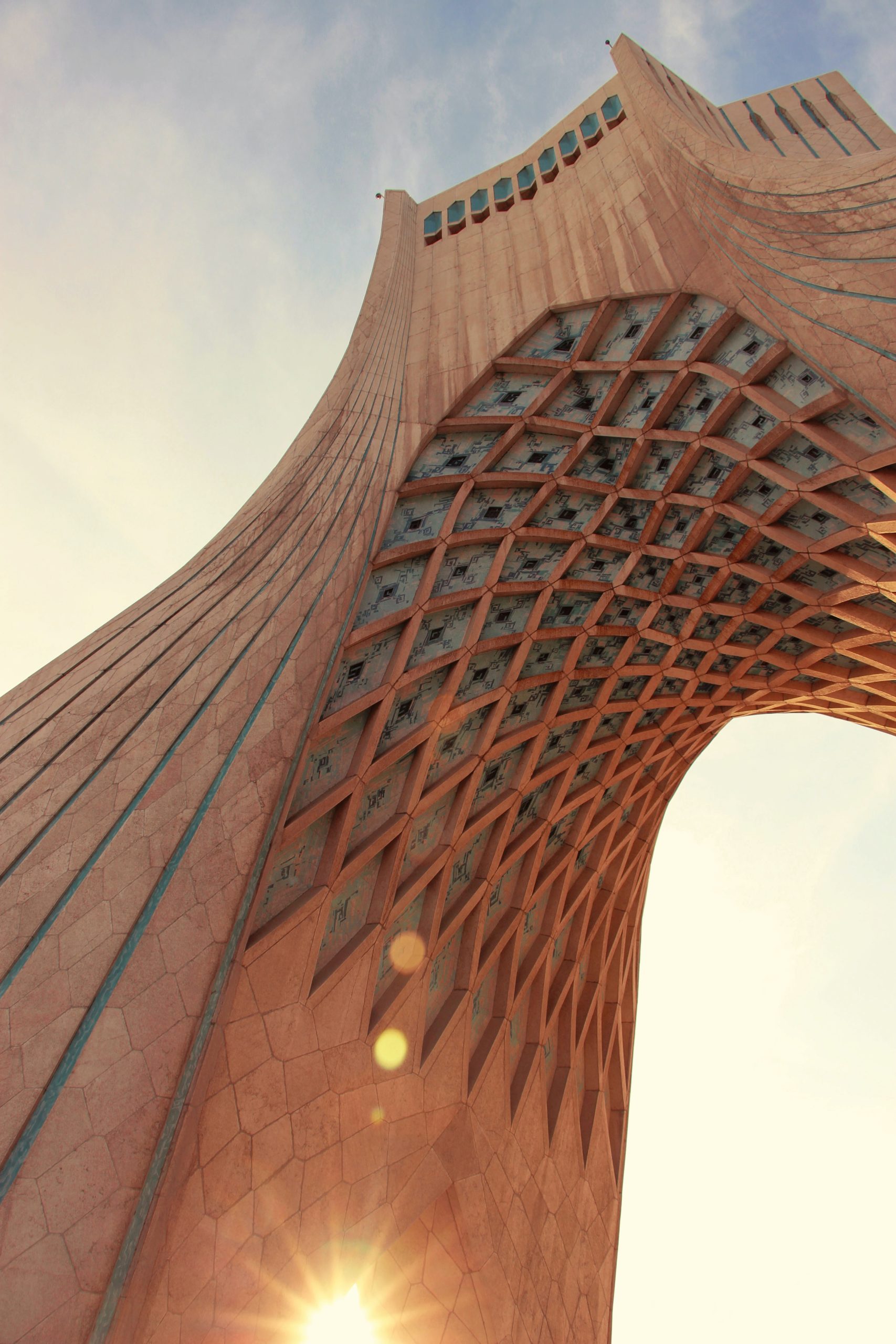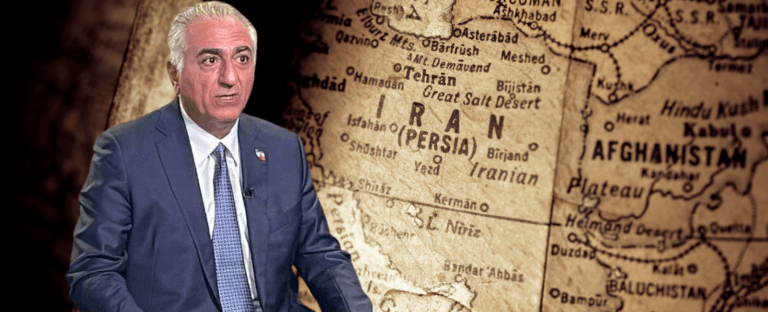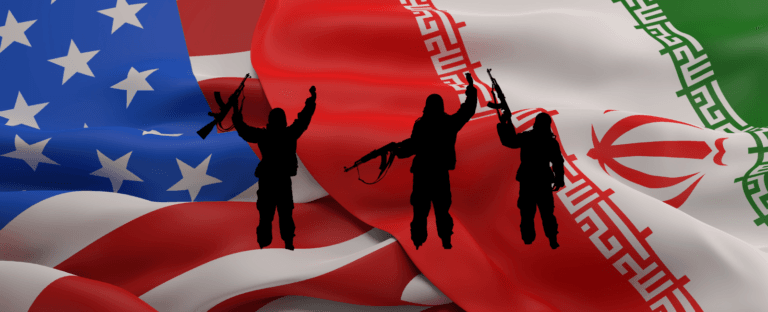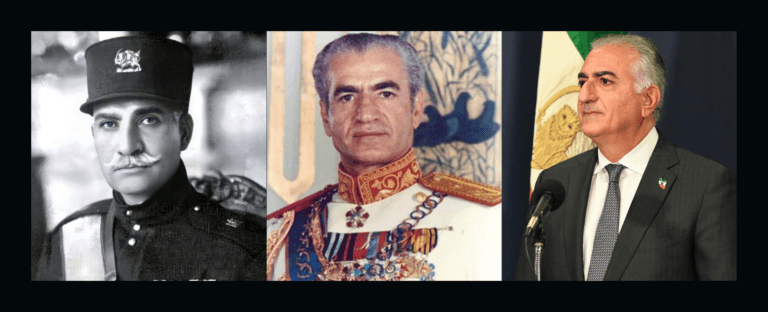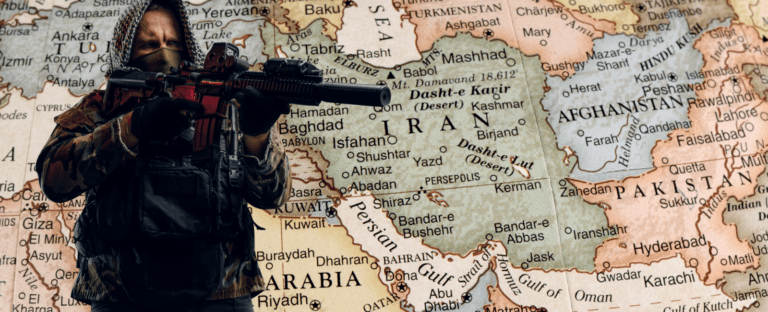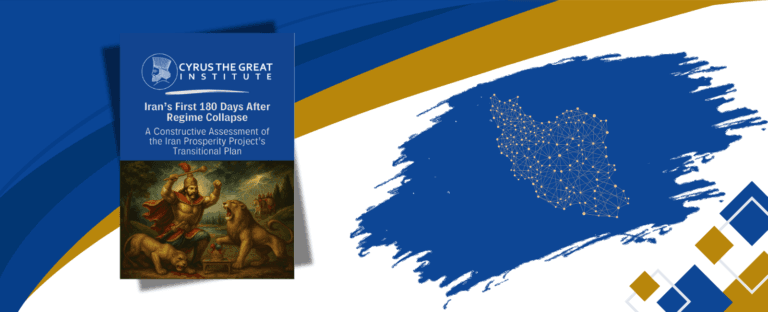Iran’s Crossroads: From the 1979 Revolution to Today’s Role in Global Stability
Iran transformed from a balanced, modernized nation under the Shah to an ideologically driven Islamic Republic post-1979, leading to regional instability. Recent support for separatist groups by neighboring countries has backfired, fostering distrust among Iranians. A rising patriotic movement now seeks a secular, democratic Iran, with Crown Prince Reza Pahlavi seen as a potential leader to restore moderation and diplomacy, positioning Iran as a stabilizing force and bridge between East and West. Embracing Iran as a partner in regional peace could help achieve lasting stability.
Modern Iran’s narrative has been shaped by profound transformations—from a modernized nation under the Shah to an Islamic Republic following the 1979 Revolution. To comprehend Iran’s current pivotal moment, where it teeters on the brink of potential revolution amid regional tensions, it is essential to revisit the roots of its upheaval.
Under the Shah, Iran pursued a balanced foreign policy, fostering stability and cooperation with both Eastern and Western blocs. Despite Iran’s growing influence, it avoided expansionism, instead promoting regional partnerships and moderation. However, as Iran modernized, neighboring powers became wary of its growing influence. This unease led some regional actors to discreetly support Ayatollah Khomeini’s opposition, underestimating the radical transformation his regime would impose.
The establishment of the Islamic Republic in 1979 dismantled the Shah’s balanced diplomacy, launching Iran’s foreign policy on an ideological path. This shift—evident in the Iran-Iraq War and the spread of political Islam—fueled instability across the region, entrenching divisions that persist today.
In the past decade, some neighboring countries, hoping to weaken Iran’s clerical regime, supported separatist groups within Iran. Yet this strategy backfired, creating distrust among Iranians who oppose the regime but fear chaos after its fall. These separatist groups, often infiltrated or manipulated by the regime’s intelligence, were used to sow division and consolidate internal control. Meanwhile, Iran’s patriotic movement has charted a distinct path, rejecting religious-nationalist agendas and instead embracing a unified national identity centered on secular, democratic values.
As the regime faces growing opposition, there is a risk that some neighbors may again attempt to fracture Iran if the regime collapses, aiming to weaken it as a regional power. Such interference could unleash severe instability, triggering regional conflict, mass migration, and escalating tensions across the Middle East and beyond.
Today, a rising patriotic movement within Iran aspires to restore moderation and diplomacy as core national values. Unlike the regime’s divisive ideology, this movement seeks a peaceful, democratic Iran engaged constructively with neighbors and global powers. Recognizing Iran’s potential as a stabilizing force, rather than a perpetual adversary, is essential to avoid repeating the missteps of 1979.
With tensions heightened after recent attacks, military actions offer only temporary relief. True stability requires Iran’s return to a vision of balance and peace, bridging divides entrenched by decades of ideological conflict. Under visionary leadership, Iran could act as a cultural and diplomatic bridge, easing regional tensions.
Crown Prince Reza Pahlavi embodies the values of moderation and patriotism long associated with Iran’s monarchy, offering a unifying path forward. With his leadership, Iran could fulfill its role as a stabilizing force, acting as a buffer against extremism and a bridge between East and West.
Now is the time to view Iran not as an adversary but as a potential partner in regional peace. A patriotic, democratic government led by Crown Prince Reza Pahlavi could guide the region toward a future where lasting peace is achievable, not merely aspirational.

